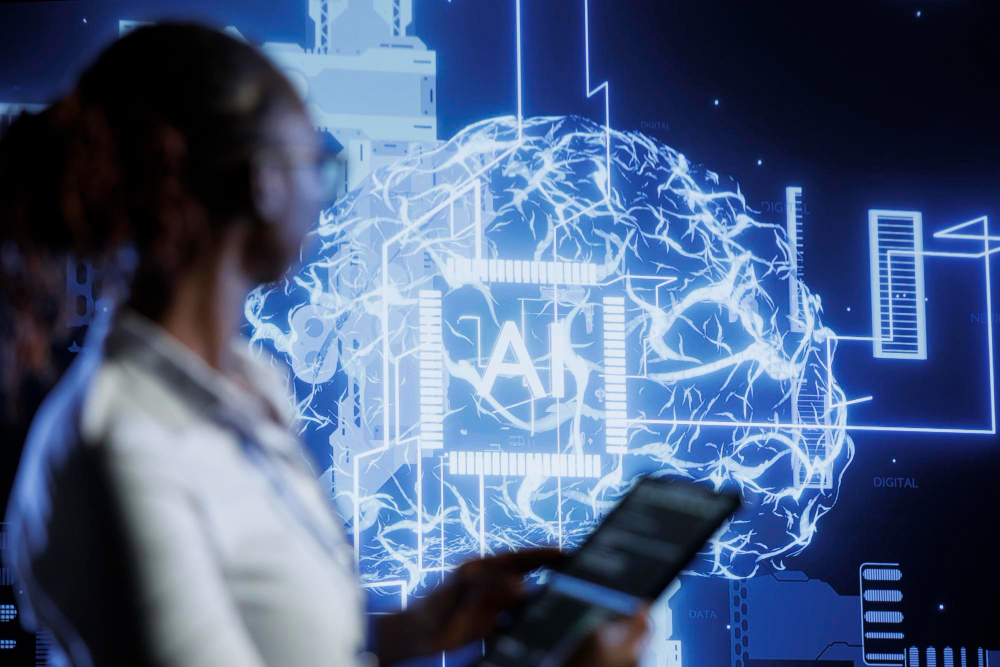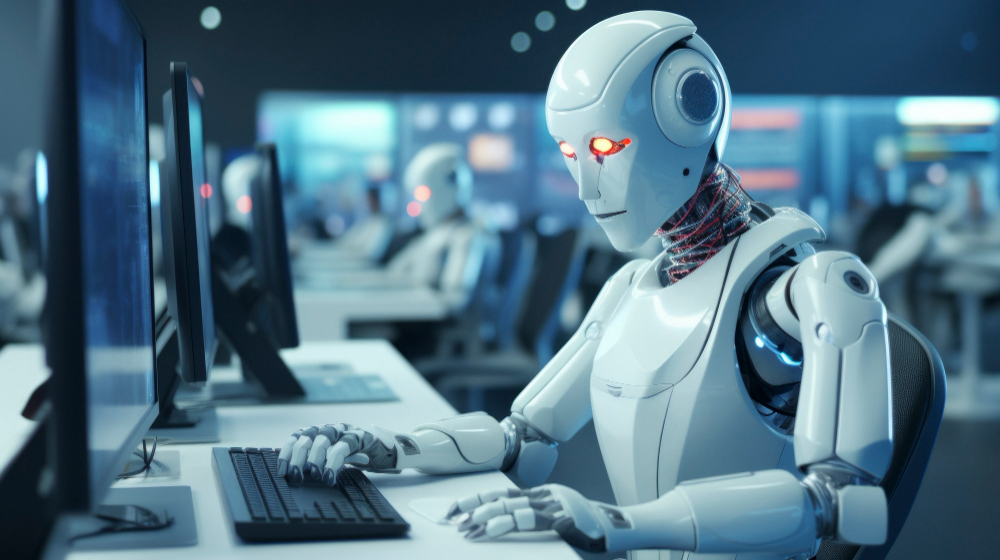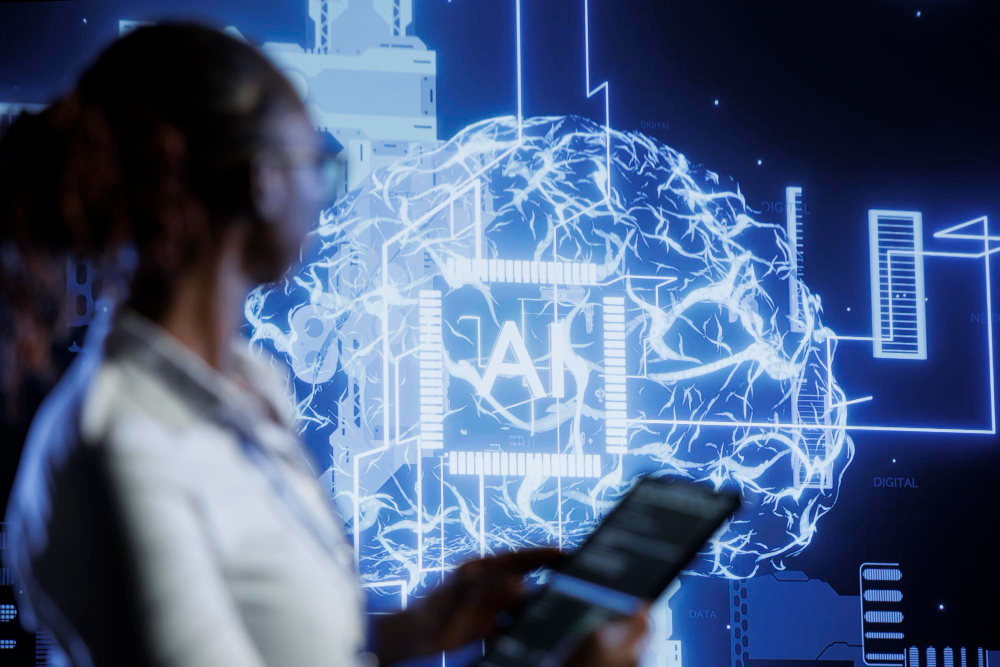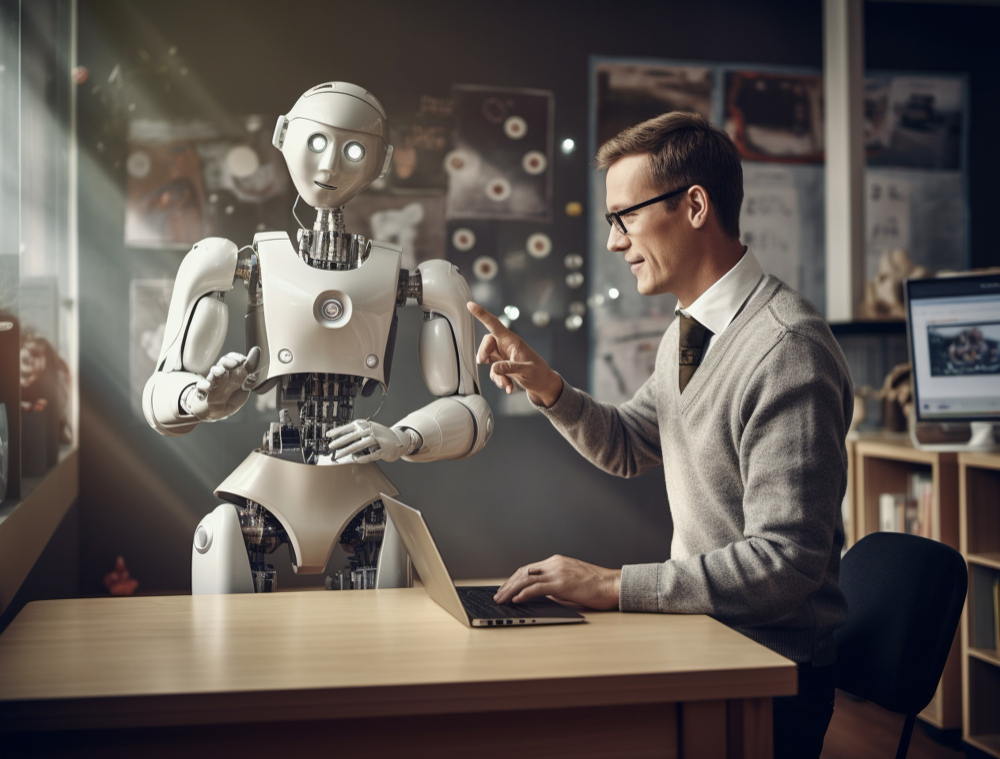AI Copilots in the Classroom: Impacts on Teaching, Learning, and Cognitive Engagement
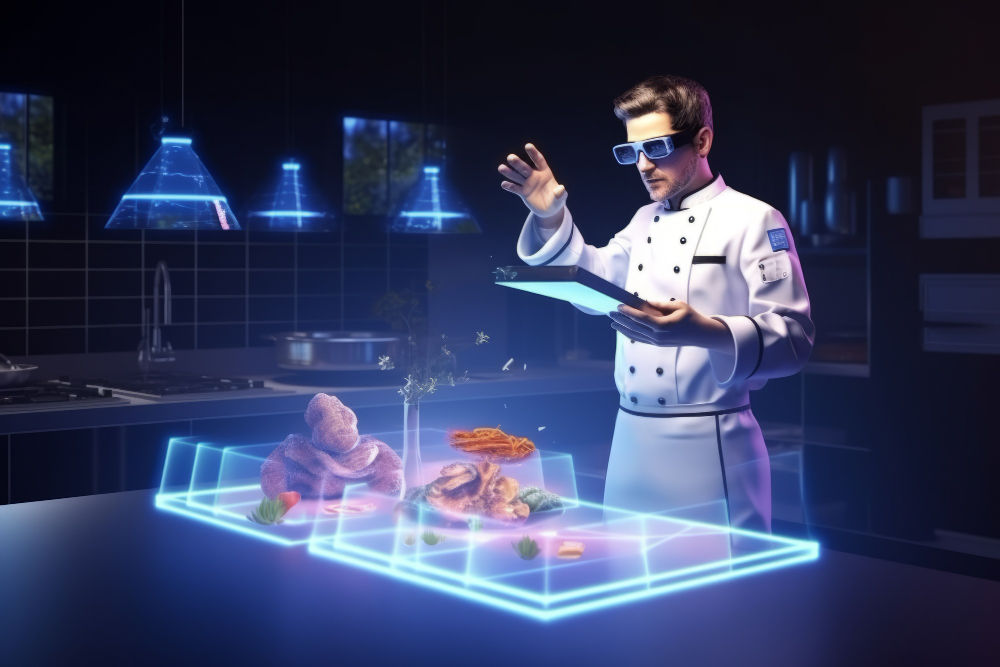
Strong 8k brings an ultra-HD IPTV experience to your living room and your pocket.
Artificial intelligence is no longer a futuristic concept confined to science fiction or tech labs. It is now a practical, everyday reality—and it has arrived in the classroom. Among the most promising developments is the emergence of AI copilots: intelligent, adaptive systems designed to assist teachers and students in a wide range of educational tasks. These AI companions are beginning to reshape teaching strategies, learning processes, and how students engage cognitively with content.
In this blog post, we explore the transformative impact of AI copilots in the classroom, examining how they support instruction, personalize learning, enhance student engagement, and introduce new challenges and opportunities in education.
What Are AI Copilots in Education?
AI copilots in the educational context are software systems, often powered by large language models or machine learning algorithms, that act as real-time assistants. They can:
Generate quizzes, lesson plans, and educational content.
Provide instant feedback on assignments.
Support student writing, math, coding, and critical thinking tasks.
Summarize long texts and explain complex concepts.
Adapt to a student's learning style, pace, and performance.
They operate within learning management systems (LMS), chat interfaces, or standalone educational tools. Think of them as tireless teaching assistants that are available 24/7, helping both teachers and students manage the demands of modern education.
Enhancing the Teacher's Role
AI copilots don't replace teachers—they amplify their capabilities. Here are some ways educators are using AI to improve their teaching practice:
1. Automating Routine Tasks
Grading quizzes, creating assignments, tracking attendance, and responding to common student questions can take up hours of a teacher's time. AI copilots can automate many of these repetitive tasks, freeing up educators to focus on high-impact teaching activities.
2. Lesson Planning and Content Creation
Teachers can use AI copilots to generate detailed lesson plans tailored to curriculum standards, create differentiated materials for students with varying abilities, and even translate content for multilingual classrooms. This dramatically reduces planning time and improves inclusivity.
3. Real-Time Feedback and Assessment
AI can analyze student work in real-time, providing immediate feedback on grammar, math solutions, and logical arguments. Teachers can then step in for deeper feedback, knowing that initial corrections have already been made.
Personalizing the Learning Experience
One of the most revolutionary aspects of AI copilots is their capacity for personalization. Every student learns differently—and AI can adapt in ways that traditional teaching often cannot.
1. Adaptive Learning Paths
AI copilots track student progress and adapt content accordingly. If a student struggles with algebraic expressions, the AI can provide extra practice, simplified explanations, or step-by-step walkthroughs until mastery is achieved.
2. Pacing and Differentiation
Unlike traditional one-size-fits-all approaches, AI enables students to learn at their own pace. Fast learners can advance quickly, while those who need more time are not rushed through the curriculum.
3. Support for Diverse Needs
Students with learning disabilities, language barriers, or different cognitive styles can benefit immensely from AI copilots. Features like text-to-speech, translation, and visual aids create more accessible learning environments.
Boosting Cognitive Engagement
AI copilots also influence how deeply students engage with material. By encouraging interaction and critical thinking, they make learning more active and personalized.
1. Interactive Learning
Instead of passively consuming information, students can ask AI copilots questions, get clarifications, and explore related topics. This dynamic engagement fosters curiosity and deeper understanding.
2. Socratic Questioning and Prompts
Some AI tools are designed to challenge students by asking questions that prompt analysis, synthesis, and evaluation. This kind of dialogic learning mirrors the Socratic method, helping students think more critically.
3. Instant Feedback Loops
With AI copilots, feedback is immediate. Students can revise and improve their work on the spot, reinforcing learning and making the process more iterative.
Transforming Classroom Dynamics
The presence of AI copilots changes not just what students learn, but how classrooms function.
1. Student Autonomy
With AI copilots, students can take more ownership of their learning. They can access help on demand, explore interests more deeply, and pace their learning independently.
2. Teacher as Facilitator
Teachers become more like learning coaches or facilitators. They guide discussions, provide human insight, and support emotional and social learning, while AI handles more mechanical or repetitive instructional tasks.
3. Blended and Flipped Models
AI copilots support flipped classrooms and blended learning. Students can engage with content at home, using AI for assistance, and come to class ready for discussion, application, and collaboration.
Challenges and Ethical Considerations
Despite the benefits, integrating AI copilots in the classroom comes with its own set of challenges.
1. Equity and Access
Not all students have access to the technology required to benefit from AI copilots. Schools must address the digital divide to avoid widening educational inequalities.
2. Data Privacy and Security
AI copilots collect and process large amounts of student data. Protecting this data is essential to prevent misuse, breaches, and unauthorized surveillance.
3. Bias and Accuracy
AI tools can reflect the biases in the data they were trained on. Misleading answers, biased content, or culturally insensitive language can harm the learning experience if not carefully monitored.
4. Overdependence on Technology
There is a risk that students may rely too heavily on AI copilots and not develop independent thinking skills. Educators must ensure that AI supports, rather than replaces, essential cognitive development.
Case Studies and Examples
1. Writing and Literacy Support
In many schools, students use AI writing assistants to structure essays, improve grammar, and find better vocabulary. Teachers report increased confidence and improvement in writing skills.
2. Math Tutoring with AI
AI copilots help students solve complex math problems by walking them through step-by-step processes. Unlike static tutorials, these systems adapt based on student responses.
3. Language Learning
AI copilots can converse with students in multiple languages, helping with pronunciation, grammar, and vocabulary acquisition. These tools are especially helpful in ESL/ELL classrooms.
4. STEM Projects
AI tools support coding and robotics programs by helping students debug code, visualize logic flows, and design innovative solutions.
The Future of AI Copilots in Education
Looking ahead, AI copilots will become even more integrated into classrooms. We can expect:
Multimodal learning: AI copilots that understand text, voice, images, and video for richer interaction.
Predictive analytics: Tools that anticipate student needs and suggest proactive interventions.
Global classrooms: AI that bridges languages and cultural contexts, enabling collaboration across borders.
Emotional intelligence: AI copilots that detect student frustration, confusion, or boredom and adapt accordingly.
The evolution of these tools will redefine what it means to teach and learn.
Conclusion: Partnering for Progress
AI copilots represent a new frontier in education. When used thoughtfully, they can help teachers be more effective, make learning more engaging, and personalize education in unprecedented ways.
But successful integration requires a balanced approach. Educators must remain central to the process, guiding students through not just content, but critical thinking, ethics, and interpersonal growth.
AI copilots are not here to replace the human touch in education—they're here to support and extend it.
As classrooms evolve, the partnership between teachers, students, and intelligent systems will define the next chapter in education. The key to unlocking their full potential lies in thoughtful design, equitable access, and a shared commitment to lifelong learning.
Note: IndiBlogHub features both user-submitted and editorial content. We do not verify third-party contributions. Read our Disclaimer and Privacy Policyfor details.



